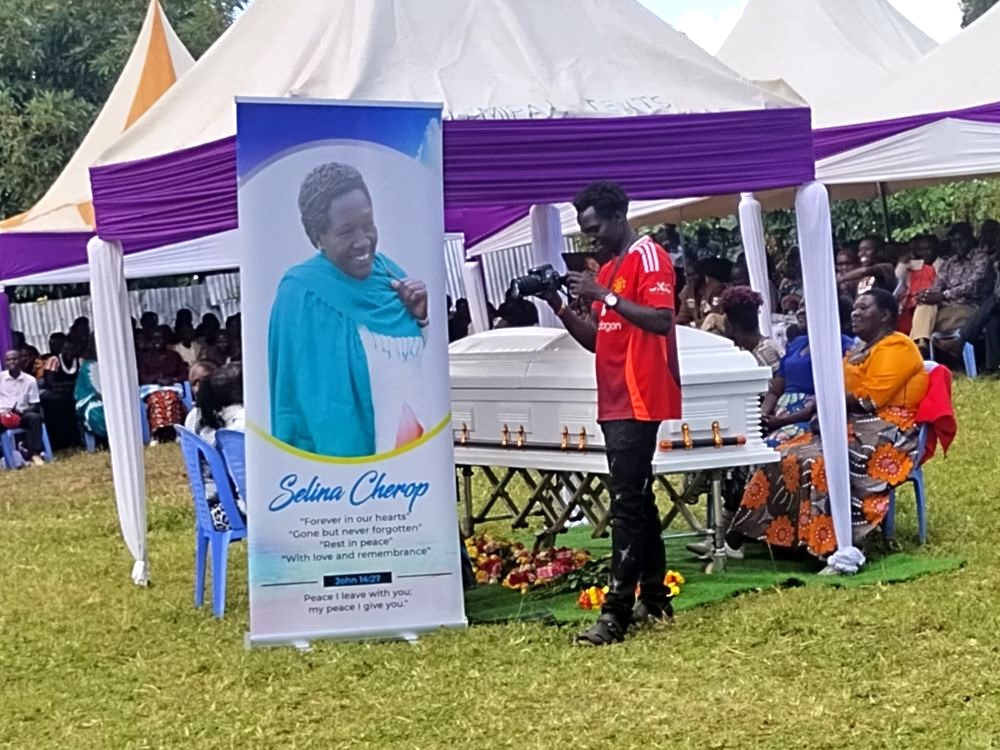The 48th annual Kenya Secondary Schools Heads Association (KESSHA) conference in Mombasa comes at a critical time for the country’s education sector. This event, a hallmark of dialogue between school leaders, policy makers, and education stakeholders, provides a timely opportunity to take stock of where secondary education in Kenya stands, what progress has been made, where challenges persist, and what new possibilities exist for meaningful transformation.
As hundreds of principals converge by the coast, expectations are high—especially around capitation funding, infrastructure development, Competency-Based Curriculum (CBC) transition, and the general welfare of both learners and educators.
For years, KESSHA conferences have provided a platform for school heads to voice their concerns, highlight systemic gaps, and push for policy action. One of the clearest and most consistent wins has been the unity and clarity with which secondary school principals have called for the full disbursement of capitation funds.
The government, through the Ministry of Education, promised a capitation of Ksh22,000 per learner annually. However, this amount is rarely disbursed in full and often comes in unpredictable tranches. This has disrupted the budgeting and operations of public schools, forcing school heads to stretch limited resources to unsustainable lengths. The pressure KESSHA has applied in the past has resulted in occasional improvements, and the hope is that this year’s conference will produce firmer commitments from both the Ministry of Education and the National Treasury.
ALSO READ:
While the problem of funding remains at the centre of many discussions, another unresolved issue is that of infrastructure. Most public schools in Kenya—especially those in rural and marginalized counties—grapple with old, overstretched, and sometimes unsafe facilities. Classrooms leak when it rains, latrines overflow, and laboratories remain under-equipped.
Yet, these are the spaces in which future doctors, engineers, teachers, and leaders are expected to be molded. Heads of schools have often argued that expecting top-tier academic results from learners confined in substandard learning environments is both unfair and unrealistic. The KESSHA conference is an ideal forum to not only lament about these conditions but also forge new partnerships, especially with the private sector, NGOs, and county governments, to invest in long-term, sustainable infrastructure.
The CBC transition remains a defining issue of the current educational period. As the junior secondary school structure takes shape, attention is now shifting to how senior secondary school will be structured and implemented. Many school heads are still unsure whether their institutions will be categorized under the general academic, technical, or career pathways prescribed under CBC.
There is also a lack of clarity on staffing, physical infrastructure needs, subject combinations, and resource allocation. This uncertainty leaves school managers in limbo and learners at risk of delayed progression. During the Mombasa conference, one of the most urgent demands will be for the Ministry to give clear policy directions, time-bound implementation plans, and tangible support for schools transitioning into the senior phase of the CBC.
READ ALSO:
County kings and queens crowned as Bungoma secondary school sports championships end in style
However, the conversation is not only about funding and curriculum. The welfare of both learners and school managers continues to be a growing concern. Cases of student unrest, mental health struggles, drug abuse, and indiscipline have increased in many schools. Principals, who are already overwhelmed by administrative and academic responsibilities, are now expected to double up as counsellors, security personnel, and sometimes even health officers.
The emotional toll on educators is real and often unspoken. The KESSHA forum must acknowledge these pressures and recommend comprehensive support systems—including trained guidance counsellors in schools, better health facilities, and collaborative parenting models—to improve student welfare and reduce the burden on school administrators.
Another under-discussed issue likely to arise is the procurement process in public schools. School heads have previously expressed frustration with rigid procurement rules that do not always reflect the operational realities of schools. Additionally, the issue of school uniforms and the exploitation of parents by unscrupulous suppliers continues to rear its head.
Principals find themselves caught between enforcing school uniform policies and defending parents from being fleeced by selected vendors. A fair and transparent procurement process that involves parents and school boards must be advocated during the conference to ensure school management is not unduly vilified for decisions made in good faith.
ALSO READ:
CS Ogamba greenlights Kabarnet University College as Moi University constituent campus
Despite the challenges, this year’s KESSHA conference offers rich opportunities. There is a renewed willingness by the Ministry of Education to listen. Recent engagements between KESSHA leadership and high-ranking government officials, including Cabinet Secretaries and the Treasury, signal a more open policy environment.
There are also signs that private sector actors—such as financial institutions and ed-tech companies—are willing to support schools through innovative financing models and infrastructure partnerships. Such engagements must be cultivated carefully to ensure that public education remains accessible and equitable while benefiting from external expertise and capital.
The significance of this conference lies not only in the speeches delivered or motions passed but in the outcomes that follow. KESSHA must emerge not only as a lobby for school heads but as a key policy influencer in national education. If used well, this conference could serve as the Launchpad for reforms that will define the next decade of Kenya’s education journey. From pushing for timely disbursement of funds, advocating for safer learning environments, shaping CBC implementation, to securing teacher and learner welfare, this 48th edition must be remembered not for its glamour or attendance, but for the impact it creates.
In the end, education is the mirror of society. If school heads speak with clarity, unity, and vision, then the country will listen—and respond. The conference in Mombasa is not just a professional retreat; it is a national conversation on the future of our children. Let it be fruitful, courageous, and transformational.






